
Lawn care season is officially open! And that means, your lawn mower should be out of storage and making the rounds in your yard, especially if you practiced No Mow May.
It’s essential that we take the time to mow our lawns — it keeps things neat and tidy as well as encourages healthy growth. But, have you ever wondered whether you’re overdoing the mowing, or perhaps not mowing often enough?
Depending on all kinds of factors, from time of year, to weather conditions, to grass type, our lawns may require more, or less, attention. Even if you take every care to avoid these 7 common lawn care mistakes, providing an inadequate mowing schedule can impair the overall health of your lawn, and at the very least, stop it from thriving as well as it could. If you want some guidance on how often to mow your lawn, we asked the experts to weigh in. Here’s what they had to say.
How often should you mow from spring to fall?
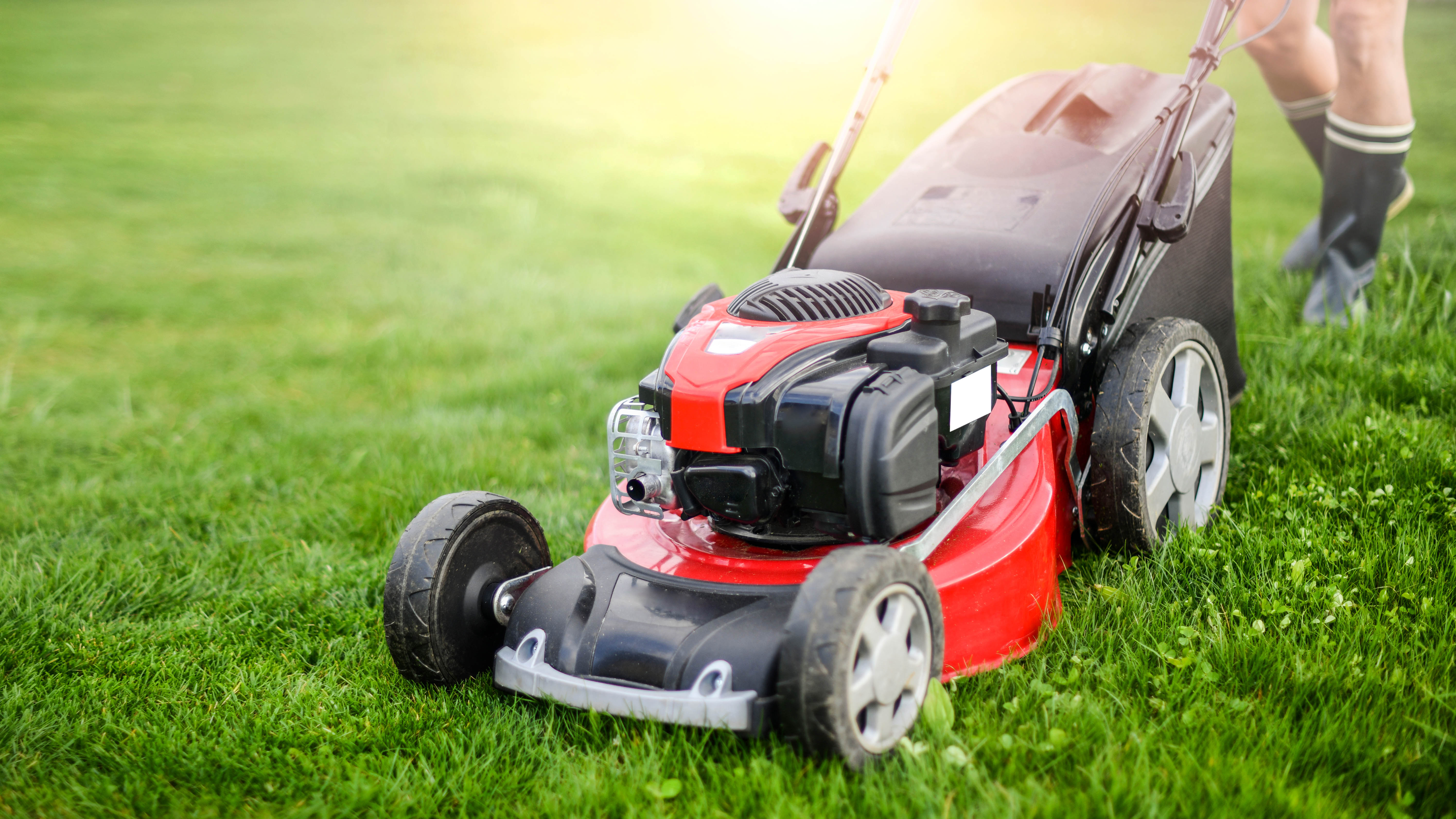
There’s a lot to consider when it comes to the ideal frequency for mowing the lawn. As mentioned earlier, all kinds of factors contribute to its necessity, while others deter you from the task altogether. Because of this, there’s no exact number to be followed throughout the year, best practice will vary.
According to Erin Schanen, Troy-Bilt gardening partner, master gardener volunteer, and creator of The Impatient Gardener blog and YouTube channel, you should mow ‘As much as you need to! But it's better to mow grass more often and leave it longer than it is to mow less frequently and cut it severely. The general rule of thumb is to never cut more than one-third the height of the grass, and it's better for the health of a lawn to leave grass a bit longer, 2 and 1/2 inches to 4 inches, depending on the variety of grass. Lawns that are left a little longer can better shade out weed seeds, so you'll have fewer weeds to contend with.’
The variety of grass will affect how often it requires cutting. Cool season varieties, such as Kentucky bluegrass and perennial ryegrass, grow quickly during the spring and fall months, where there’s plenty of rainfall. So you will need to mow more often during dry spells at this time. Alternatively, warm season grasses, such as Bermuda grass and zoysia, grow most in the late spring to summer, so that’s when more frequent mowing will become necessary.
When you mow, you’ll want to achieve the ideal height for your grass type, but you may have to get there gradually depending on how tall it's grown. The one third rule, as mentioned earlier, can help you avoid cutting off too much at once as you get to the best height. Ask for advice on your particular grass type at your local garden center to find out the ideal height and then work your way there using the one third rule as a maximum when cutting.

Chris Bonnett, founder of GardeningExpress.co.uk and lawncare expert, says ‘During the summer months, try and keep your lawn at a consistent height and mow as needed. It’s tricky to say how frequent that should be — but weekly or fortnightly is about right. Regular mowing will keep your lawn looking good and will keep weeds at bay.’
So from what we’ve seen it’s better to mow little and often rather than seldom. Cutting away too much of the grass at once can cause a lot of undue stress on your lawn, resulting in stunted growth and leaving it more vulnerable to weeds and thatch build-up. It can also take its toll on your lawn mower, Bonnet continues: ‘The longer grass is likely to clog up your lawn mower much quicker than usual. Not only will this slow down the process but it can also damage your mower. Give your lawn mower a clean after every use and remove any bits of grass or turf.’
How often you should mow depends on the season as well as the grass type and weather conditions. According to Ian Grant, director and lawn care expert at National Greenhouse, ‘During March to September your lawn should be mowed every seven to ten days. If you are watering and fertilizing your lawn during the summer months you can even mow every three days. Beware though, cutting the lawn too short may cause the lawn to become damaged and or discoloured. As your lawn growth starts to slow down in September and October you should be mowing the lawn every two weeks or so.'
Overall, you need to mow at a consistency that maintains the best height for your lawn. But, you mustn’t overdo it, in terms of cutting it too short or cutting away too much at once, as this will ultimately deter the health of your grass. Check out 7 signs that you’re cutting your grass too short for symptoms. You also need to factor in the weather, which we'll cover later.
Should you mow in the winter?
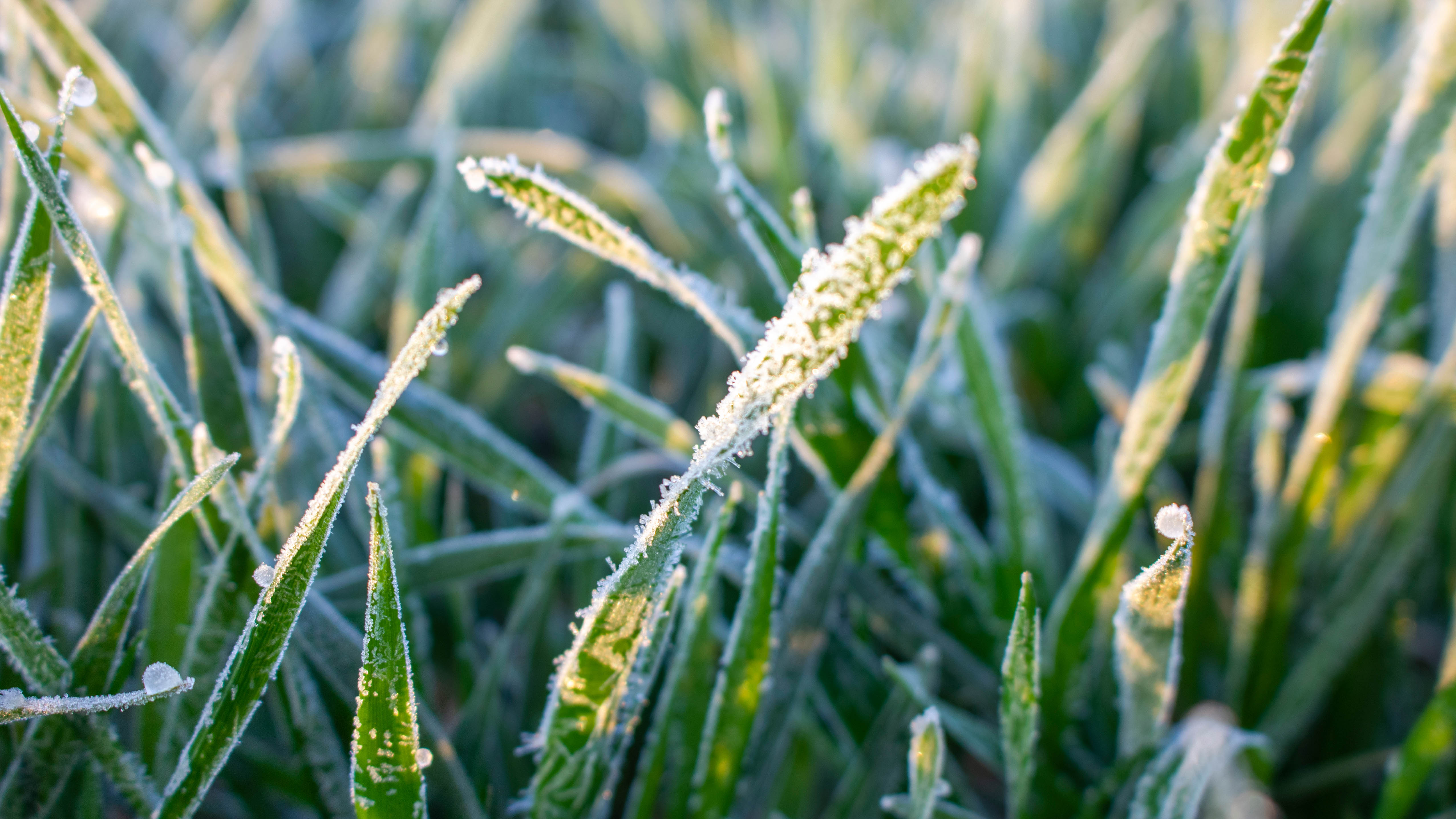
Generally speaking, mowing your lawn won't be required over the winter. This is because it enters dormancy during this season to protect itself from the lower temperatures. Growth will slow at this time, so cutting it becomes less of a necessity.
Grant continues, ‘During the winter months try to avoid mowing the lawn during the extra cold periods. If you must mow in the winter months, do it only to tidy the lawn rather than give it a very short cut.’
Cutting your lawn in the winter risks causing more harm than good. Should you mow while the grass is still recovering from an overnight frost, the mower can actually break the brittle blades of grass rather than cutting cleanly, resulting in immense damage to the health of your lawn.
When should you mow after fertilizing?
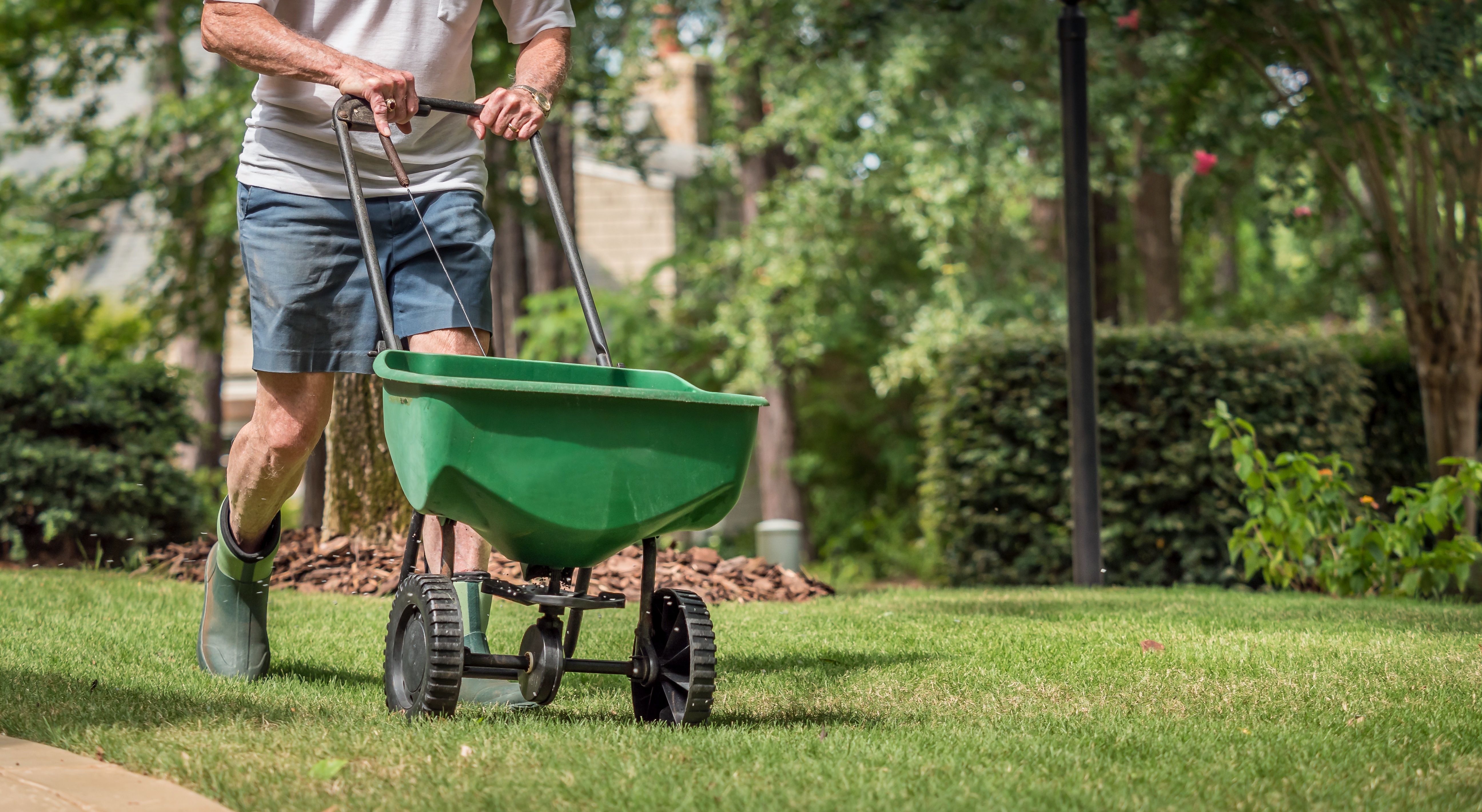
You should take care when you mow after applying fertilizer too. Schanen goes on to say: ‘There are a couple reasons to wait one to two days after fertilizing to mow. The first is that you should be watering in fertilizer after application, so you'll want to wait for the lawn to dry before cutting. The other is that it takes some time for fertilizer to work into the soil, so enjoy the break from mowing.’
Should you mow the lawn too soon after applying fertilizer, you could be effectively wasting the application. The soil needs time to absorb the nutrients, so it’s best to leave the chore until you’re sure the fertilizer has had time to get to work — your packet instructions may indicate how long this takes. Better yet, cut your lawn to the ideal length before applying the fertilizer, then you don’t need to worry about timings.
Bonnet suggests: ‘Your lawn doesn’t need feeding very often, around four times a year. First feed should be in the spring, a couple during the summer and one late autumn. If you’ve just fertilized your lawn, leave it 24 hours before you cut to avoid cutting the fertilizer away.’
How often should you mow during wet weather?
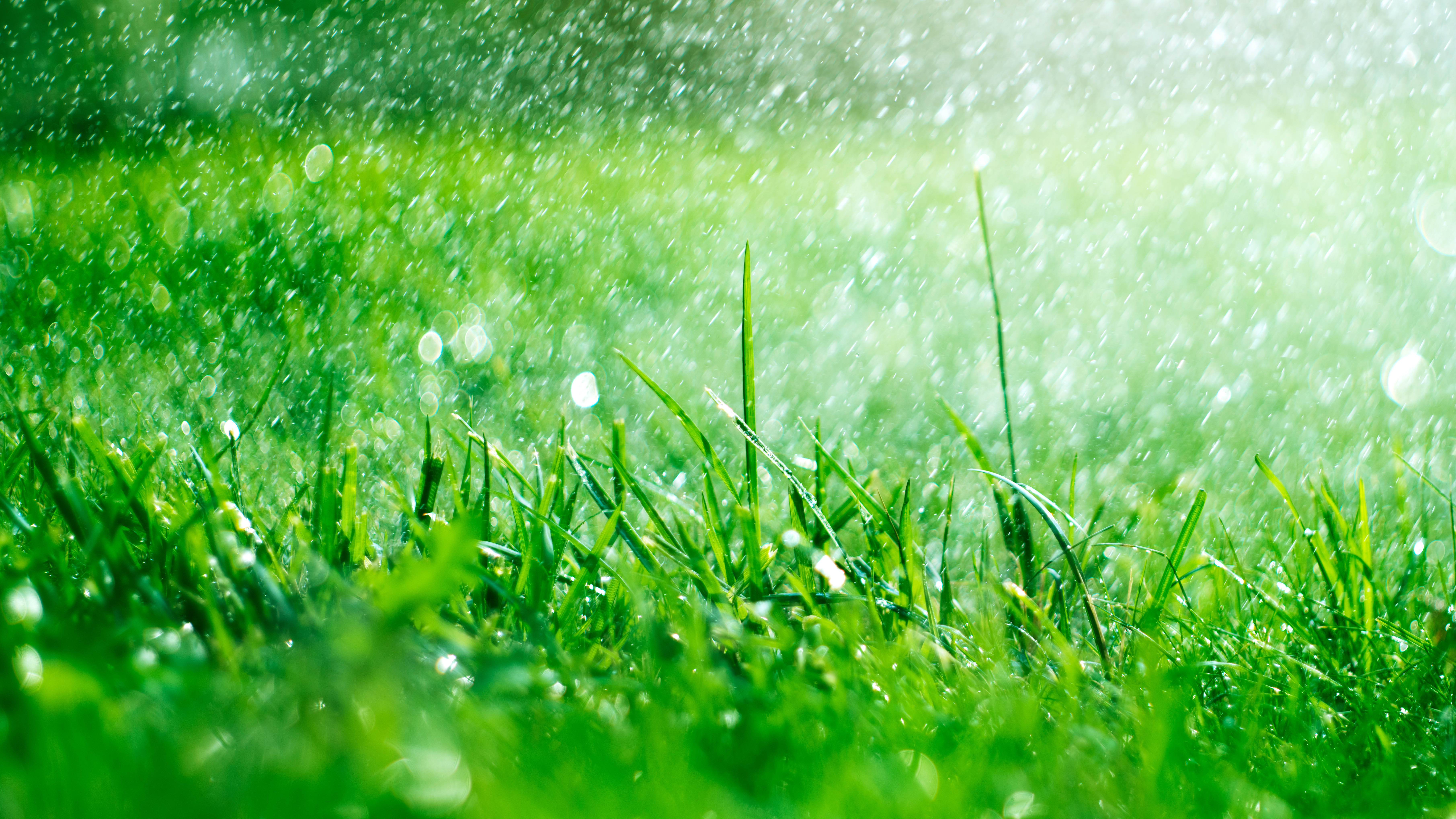
Rain can be a tricky customer to work with when it comes to mowing your lawn. On the one hand, you shouldn’t cut the grass while it’s wet — it will tear rather than cut cleanly, impairing the health of your lawn. But, on the other hand, growth can quickly get unruly thanks to the excessive moisture. Because of this, such conditions will warrant mowing more often, but only when those conditions allow.
Schanen goes on: ‘There are so many factors that contribute to how quickly grass grows, from moisture and sun exposure to fertility and the variety of grass, that there's no way to put a number on this. But, generally speaking, you'll probably have to mow more when there is plenty of rainfall than when it's very dry. If you're in a period of significant rainfall, you may have to mow when opportunity strikes, that is when the grass is dry and before it rains again.’
Bonnett similarly warns: ‘Avoid mowing the lawn if it’s wet. Wet grass is much harder to cut and can clog up your mower.’ So mowing while the grass is wet is not only bad for its health, it can cause issues for your lawn mower too. It’s always best to wait until the lawn is fully dry before cutting it. This can take anywhere from a few hours to a day, so you will need to check conditions.
How often should you mow during a drought?
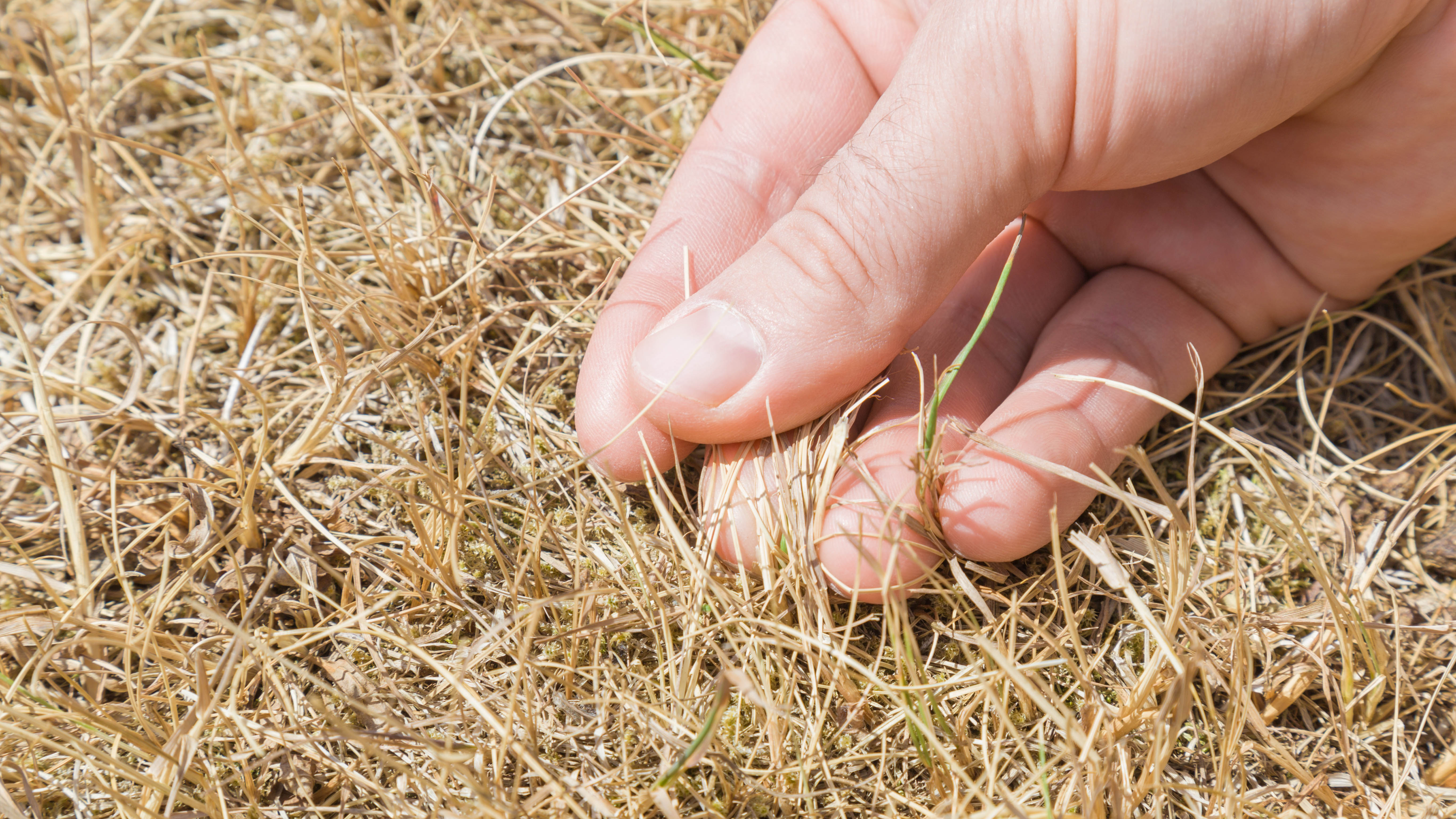
At times where there’s a lack of moisture, this should be reflected in your mowing schedule. Grass will be more vulnerable, with slower growth during these periods, and over-mowing it could cause some real damage.
Schanen suggests, ‘When it's dry, you probably won't need to mow, but if you do, be sure to leave the blade plenty high so that you don't cut the already stressed grass too short.’ Keeping your grass tall during dry times is essential — it provides more shade for the soil which helps retain water when it does rain, and it gives the grass longer leaves to photosynthesise. Ultimately, your grass will be stronger and have a better chance of survival in such conditions while tall.
But, don’t worry if your lawn starts to look worse for wear despite this. Bonnett concludes ‘If we have a dry, hot spell and your lawn starts to look dry and loses its green blades, don’t worry. Grass is hardy and will come back just as strong once we’ve had a good downpour.’
Final thoughts
Ultimately, there’s no one rule for how often you should mow your lawn. There’s an abundance of factors that contribute to the best schedule. So long as you understand your grass type, its needs, and keep on top of its ideal height, you can’t go far wrong. Just remember to always take the elements into account.







